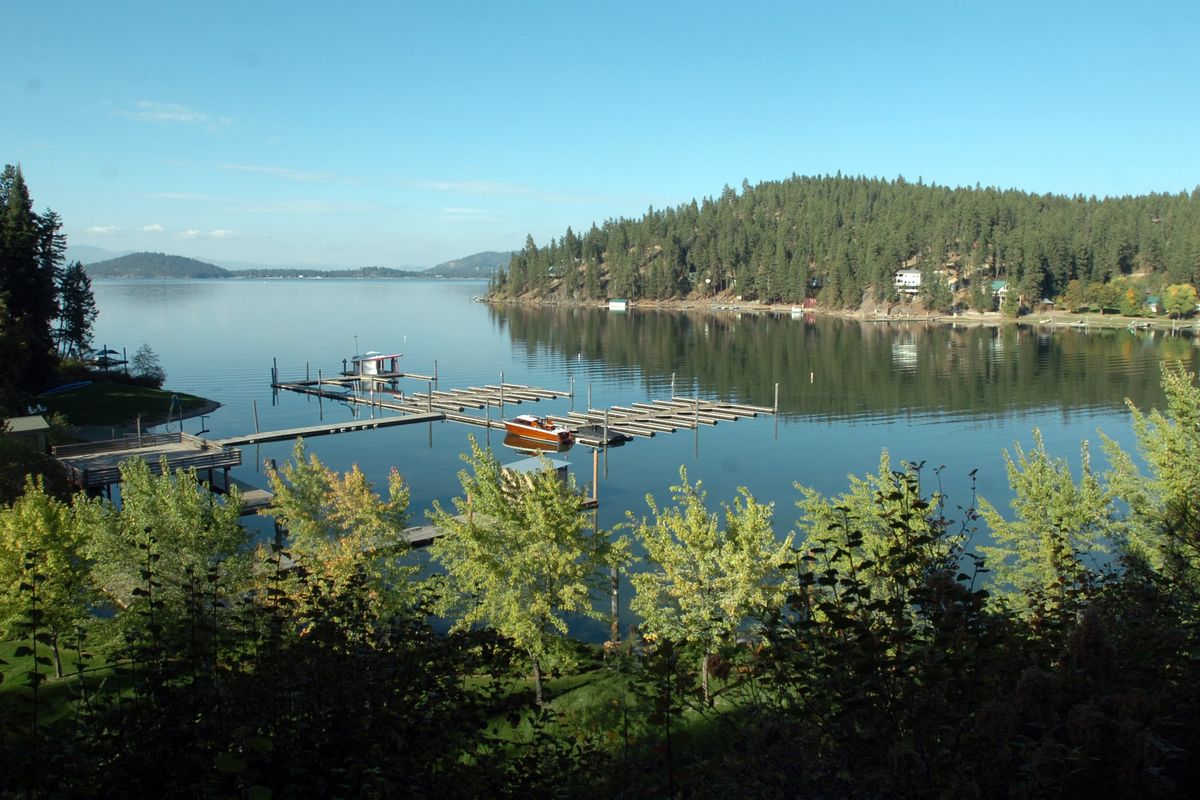For decades, five Eastern Washington geographic feature names have included a slur. That will change soon.

For decades, hundreds of geographical place names have insulted Native American women.
Squaw Canyon. Squaw Valley. Squaw Creek.
More than 650 geographical features on U.S. public lands include the racial slur “squaw,” an offensive term for a Native American woman.
In Washington, 18 geographical features bear the slur. But not for much longer.
The U.S. Department of the Interior is renaming the 650-plus features and seeking public comment as it goes through the process.
“Racist terms have no place in our vernacular or on our federal lands,” Secretary of the Interior Deb Haaland said in a November press release. “Our nation’s lands and waters should be places to celebrate the outdoors and our shared cultural heritage – not to perpetuate the legacies of oppression.”
Under normal circumstances, it can take years to rename a federal geographical feature. But Haaland, the first Native American to serve as a Cabinet secretary, has expedited the process. What would take years is now expected to be done in months.
As a starting point, the U.S. Geological Survey in February issued a list of candidate names for the offensively named features.
It’s not a creative list. The Geological Survey simply plucked names from nearby geographical features. For instance, one of the candidate names for Squaw Creek in Stevens County is from Flagstaff Mountain – a mountain peak less than a mile away.
In many cases, copying a nearby name will work just fine. In others, the candidate names are nonsensical.
The final names don’t have to come from the candidate list. Comments from tribal members and the public will help the Department of the Interior’s Board of Geographic Names make informed renaming decisions.
Renaming racist geographical features isn’t a new idea. Local and state jurisdictions have already been slowly removing the word “squaw” for years. The Department of the Interior removed the N-word in 1962 and an offensive term for a Japanese person in 1974.
It shouldn’t have taken the federal government this long to get rid of “squaw,” Haaland said.
“Words matter,” she said in a press release. “Consideration of these replacements is a big step forward in our efforts to remove derogatory terms whose expiration dates are long overdue.”
Racist geographic names in Eastern Washington
Five sites in Eastern Washington will receive new names.
Squaw Creek in northern Stevens County empties into the Columbia River south of Northport. It’s within the Colville National Forest, about 2 miles long as the crow flies and a little more than 7 miles south of the Canadian border.
The five candidate names for the creek are: Franklin D. Roosevelt Creek, Hubbard Creek, Flagstaff Creek, Island Creek and Moses Creek.
Squaw Valley in Pend Oreille County is less than a mile from the Idaho border and less than 10 miles west of Priest Lake. It’s part of the Kaniksu National Forest, one of the Idaho Panhandle National Forests.
The five candidate names for the valley are: Pelke Valley, Tola Valley, Binarch Valley, Galena Valley and Grouse Valley.
Squaw Canyon in Lincoln County is north of Davenport and south of the Spokane River, based on information from the Department of the Interior. The Department of the Interior says it sits in a tendril of forest surrounded by agricultural land.
The five candidate names for the canyon are: Laupp Canyon, Bald Canyon, Gettys Canyon, Spokane Canyon and Teel Canyon.
Squaw Spring in Garfield County sits 8 miles north of the Oregon border, 30 miles west of Idaho and 37 miles east of Walla Walla. It’s in the far southeast corner of Washington within the Blue Mountains of the Umatilla National Forest.
The five candidate names for the spring are: Bear Spring, Third Spring, Second Spring, Elk Spring and Melton Spring.
Squaw Peak is also in the Blue Mountains of the Umatilla National Forest, but on the Columbia County side. It’s just 2 miles north of the Oregon border, 30 miles west of Idaho and 22 miles east of Walla Walla.
The five candidate names for the peak are: Cold Peak, Wenaha Peak, Deep Saddle Peak, Buck Peak and Green Peak.
The Department of the Interior is accepting public comments through April 25. There are two ways to comment.
To comment online, visit regulations.gov, type “DOI-2022-0001” into the search bar and click on the “comment” button. Then fill out the form.
To comment by mail, write to the following address:
Reconciliation of Derogatory Geographic Names / MS-511, U.S. Geological Survey / 12201 Sunrise Valley Dr. / Reston, VA 20192
Members of the public must note in their comments that their feedback is directed to the Department of the Interior. Comments must also include the appropriate docket number: DOI-2022-0001.
For additional information, email SO3404_FRNquestions@usgs.gov or call Michael Tischler of the U.S. Geological Survey at 703-344-4348.